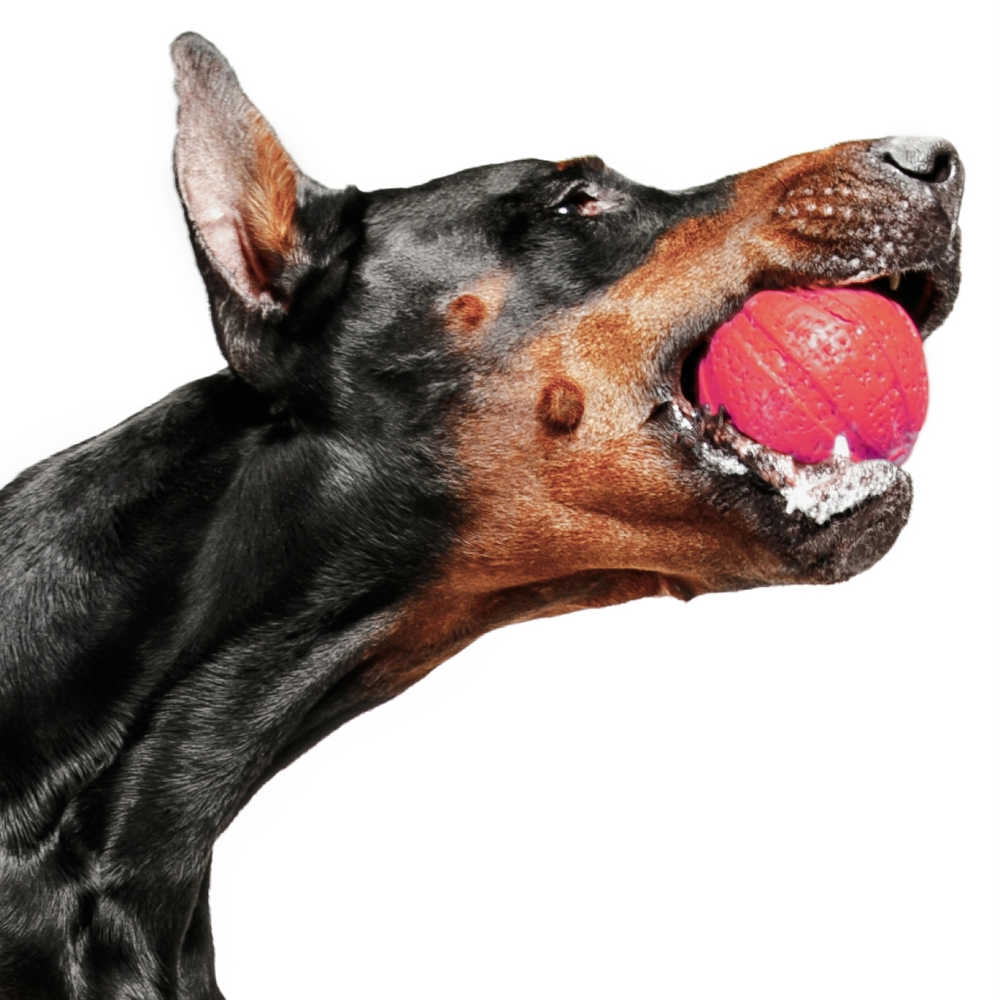Your post's title
Your store hasn’t published any blog posts yet. A blog can be used to talk about new product launches, tips, or other news you want to share with your customers. You can check out Shopify’s ecommerce blog for inspiration and advice for your own store and blog.
News
Benefits of Omega-3 for Dogs
Omega-3 fatty acids are a family of important fats for your dog’s diet. The three main types are ALA, EPA, and DHA. Omega 3 and...
Hip and Joint Problems in Dogs
Hip and joint issues are unfortunately quite common in dogs of all breeds, sizes, and ages. We understand how sad and alarming it is for...

